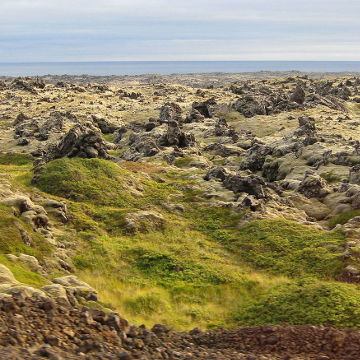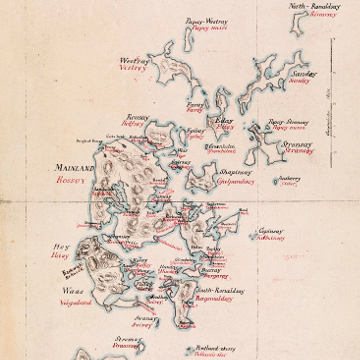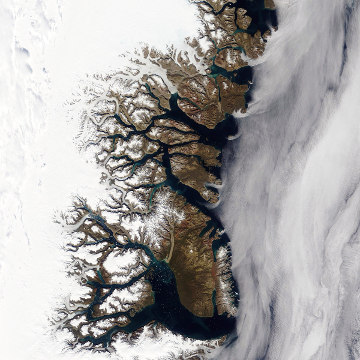Communities and Coastal Heritage at Risk
Coastal erosion presents one of the greatest natural threats to cultural heritage. Thousands of sites are already being damaged, and many believe that sea level rise and storminess, both linked with a changing climate, will exacerbate the problem. Scotland, with its vast, Atlantic-facing coastline, has long had to deal with the exposure and destruction of heritage sites. In response, a wealth of experience has been developed by heritage managers, who have initiated coastal surveys and practical projects over many years, rescuing information from around the entire coast. The long history of engagement with the problem of erosion has led to a growing awareness of the crucial role that communities can play in the management of threatened sites. This led to the establishment of two national, award-winning projects: Shorewatch and the Scotland’s Coastal Heritage at Risk Project (SCHARP). Members of communities from around the entire coast have monitored and recorded vulnerable sites and have worked in collaboration with heritage professionals on a range of projects. Groups have nominated sites and worked on project designs, ensuring that their own interests and desires are reflected. Innovative approaches have been adopted and work has been conducted in full collaboration with the communities, thus ensuring greater understanding of both sites and the threat to them. This presentation details the vital role that communities can play in helping to save information from sites threatened by climate change, and gives examples to inspire action in other places around the world.




